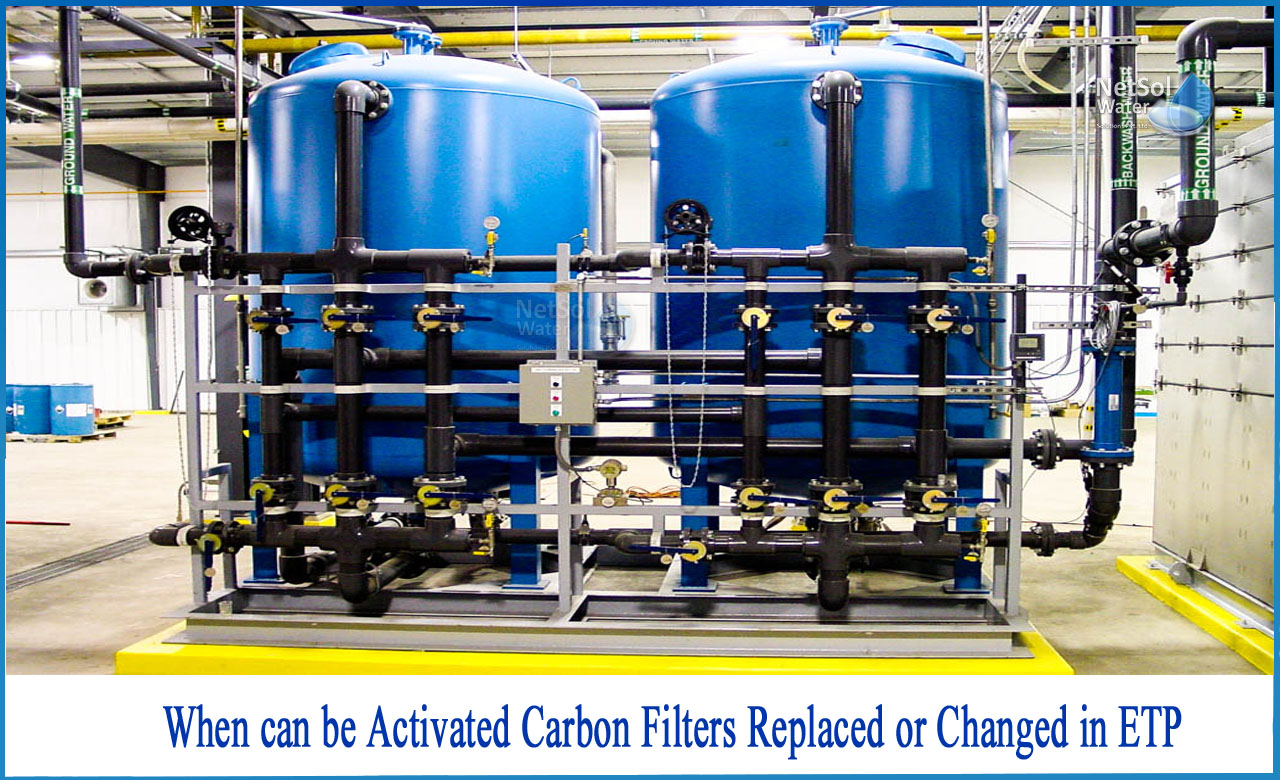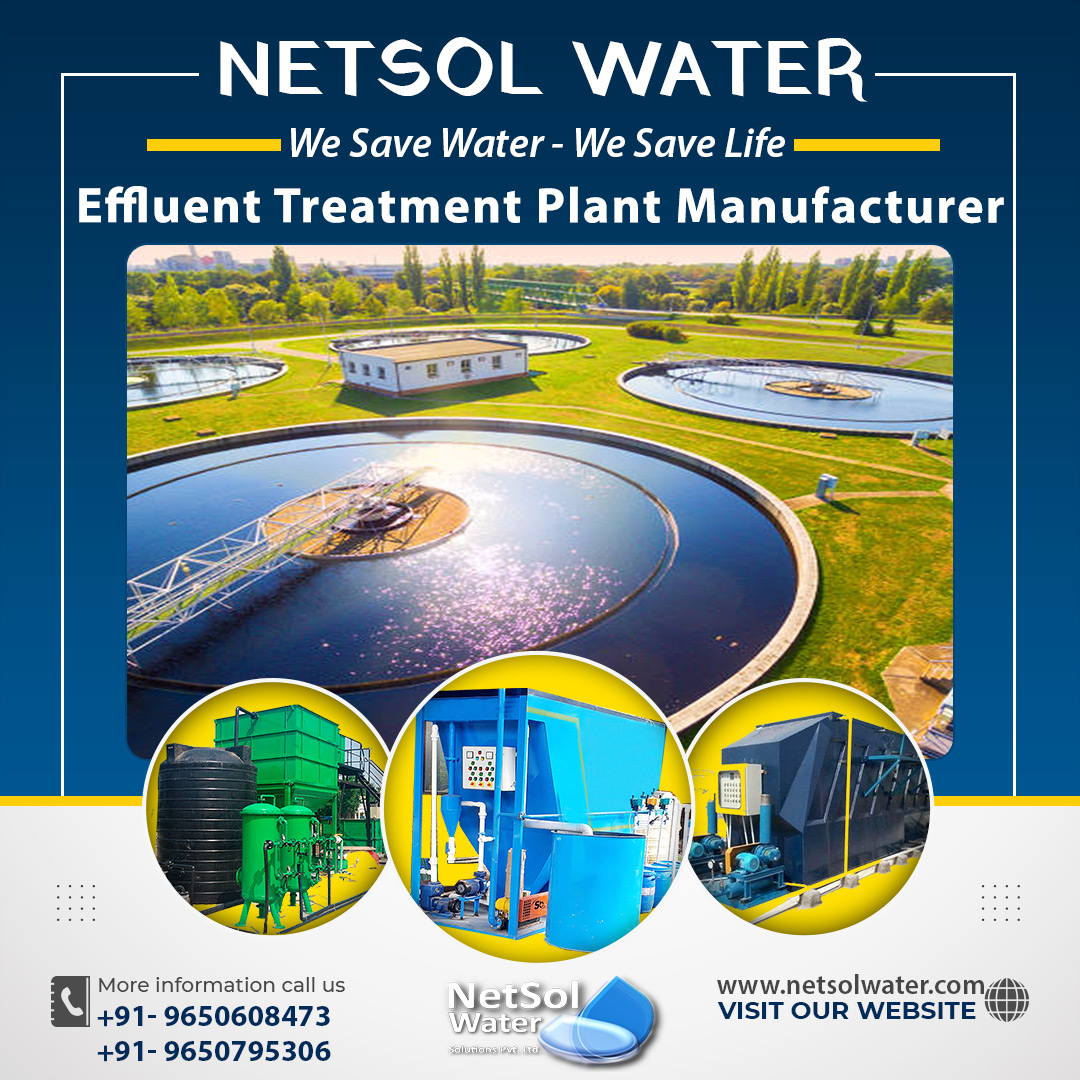What Is Activated Carbon?
Activated carbon is manufactured from carbonaceous material that has been heat-treated at extremely high temperatures to create a large number of small pores and hence considerably increase its surface area. Because of the filter media's small pores and wide surface area, it can trap a huge volume of material, making it ideal for eliminating contaminants from both air and water. Activated carbon is made in a variety of ways, resulting in a variety of materials appropriate for various applications.
Types of Activated Carbon
1: BAC, or bead activated carbon,
2: Extruded activated carbon (EAC),
3: Granular activated carbon (GAC),
4: PAC (pulverised activated carbon).
There are also several carbon sources, each of which can result in a variety of pore diameters.
Composition of Carbon Filters
Carbon filters are comprised of porous activated carbon (charcoal). Organic particles are attracted to these pores, which allow them to pass through the carbon filter. To enhance the surface area available for pollutants in water filtering, porous activated carbon is preferred.
Location of the AC filter
If activated carbon is exposed to a lot of wastewater material, it will lose its efficiency soon. As a result, carbon should be added to the filter after the mechanical filtration media. Keep in mind that the activated carbon will not work if you do not keep your tank clean and debris builds up in the filter.
Activated Carbon Replacement/Replacement of AC Filters
Because activated carbon binds to the impurities it removes, it eventually gets saturated and unable to remove any more. As a result, it must be updated on a regular basis—once a month is usually sufficient.
When can be Activated Carbon Filters replaced or changed in ETP?
We've gained a better knowledge of the filter's operation. Let's have a look at how to tell when the filter needs to be replaced. Although it might be difficult to determine whether your water filter is failing, there are several indicators to look for.
1: Smell: You can smell the active carbons. If it gets older or loses its order, it will stop spreading this type of odour. It will instead emit a nasty odour. The grow tent has a distinct odour. Allow someone else to investigate it if you're okay with the smell.
2: Taste your water. It's a hint that your filter has stopped operating if it's not the same as before.
What is a Carbon Filter's Average Life Expectancy?
After 18-24 months of constant (24/7) use, carbon filters should be replaced. Carbon filters have been demonstrated to survive up to four years, though this varies depending on the company's product. The carbon quality, use, humidity, and plant kind, all affect how long these filters last.
When replacing your carbon filter, keep the following in mind:
1: Carbon particles of various sorts. The pelletized particles have a longer shelf life than the granulated ones.
2: The density of the filter. It influences how long it lasts.
3: Humidity levels in the surroundings indicate that the filters are suitable for up to 60% - 70% humidity.
What do we offer?
ETPs provided by Netsol Water Solutions aid in the purification of industrial wastewater.
Reusable, clean water results in the recycling process, which saves you money, water, and our planet. We offer first-rate amenities to the Effluent Treatment Plants Installation Facility. Our professionals are well-versed in providing aerobic and anaerobic wastewater treatment solutions for a variety of sectors.




